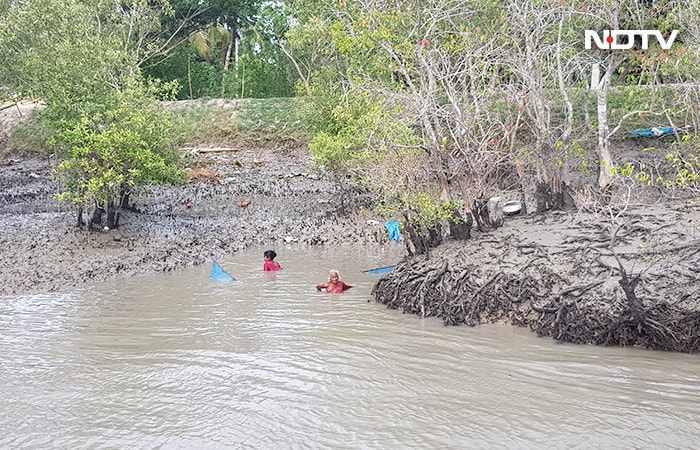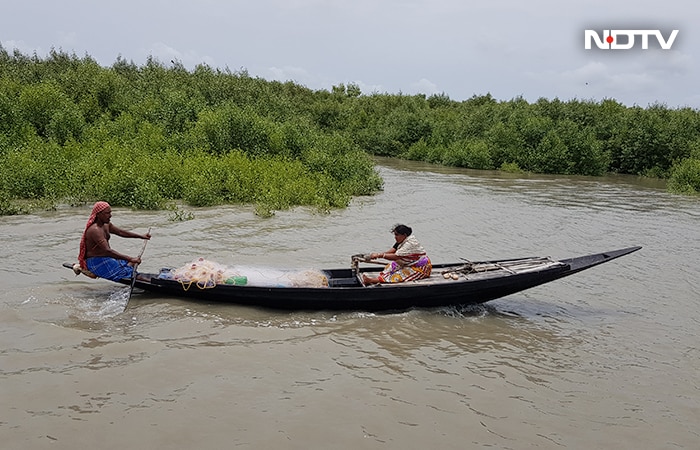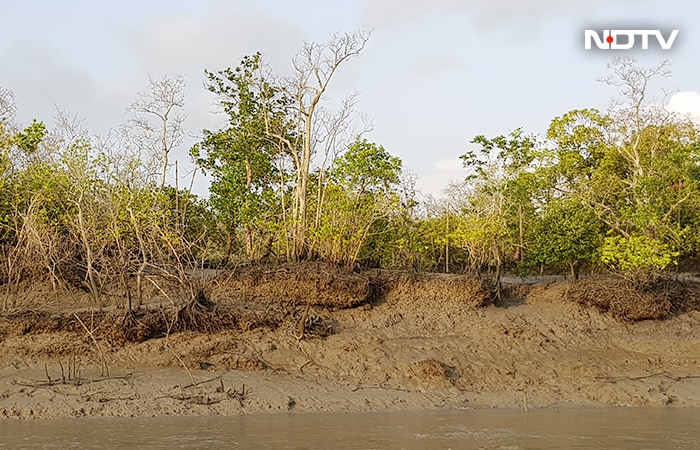World Environment Day 2022: How Climatic Change Is Depleting Lives in Sundarbans
The world's largest mangrove forest is facing the heat of climatic change, affecting the human population of 4.5 million in India, as per World Wildlife Fund.
-
Global warming and climate change have imposed a vulnerable danger to the Sundarbans. These low-lying mangrove forests are witnessing a shrinking of land due to an increase in sea-level rise. Having exposure to storms and an increase in coastal erosion, Sundarbans is dealing with all kinds of dire consequences.
-
According to World Wildlife Fund, four islands have vanished, making Sundarbans a place of a perfect catastrophe. Even, the NASA Landsat satellite has confirmed the rise in sea level in this area, leading to one of the fastest rates of coastal erosion in the world.
-
Planting more trees by locals has been one of the sustainable measures to restore life in Sundarbans. Restoration of mangrove plant species should be prioritized, as it is an effective shield to evade any disasters, since it protects the earthen banks and also reduces any climatic damage.






